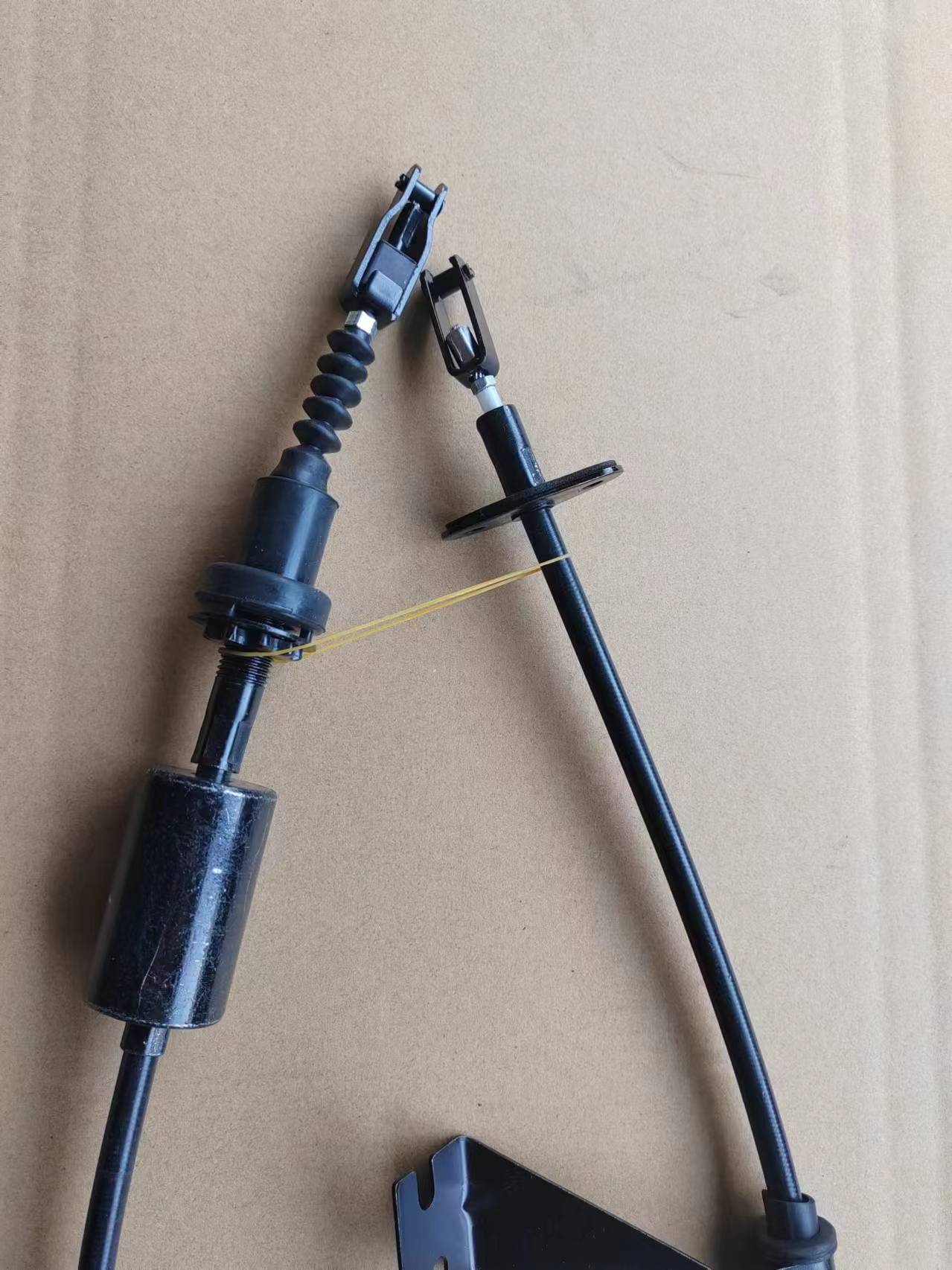Go-Kart Throttle Linkage Setup and Adjustment Guide
Go-Kart Throttle Linkage Understanding the Essentials
Go-kart racing is an exhilarating sport that brings joy to both participants and spectators alike. A well-tuned go-kart can provide an adrenaline-pumping experience, but the intricacies of its components often go overlooked. One such essential component is the throttle linkage, which plays a critical role in the performance and usability of the go-kart.
The throttle linkage is the mechanism that connects the throttle pedal to the carburetor or the engine's throttle body. It is responsible for controlling the flow of air and fuel into the engine, thereby directly influencing how much power the engine produces. Without a properly functioning throttle linkage, racers could experience sluggish performance or erratic acceleration, significantly impacting their ability to compete on the track.
Types of Throttle Linkages
There are several types of throttle linkages used in go-karts, each with its advantages and disadvantages. The simplest is the direct linkage, where the throttle pedal is directly connected to the carburetor or throttle body via a rod or cable. This type allows for a straightforward setup and quick response times, making it a popular choice among many racing enthusiasts.
Another common type is the bell crank system. This system employs a pivot point and a series of rods that convert the linear motion of the throttle pedal into rotational motion for the throttle body. Bell cranks can offer smoother throttle inputs and may allow for adjustments in pedal feel. However, they can also add complexity to the setup, which may not be ideal for all racers.
Importance of Proper Adjustment
go kart throttle linkage

Proper adjustment of the throttle linkage is crucial for optimal performance. If the linkage is too tight, it can restrict throttle movement, causing lag in engine response. Conversely, if it's too loose, it may lead to excessive play in the throttle pedal, resulting in unpredictable power delivery. Racers must strike a balance to ensure that the throttle responds quickly when the pedal is pressed while also allowing for precise control.
Regular maintenance of the throttle linkage is also essential. Dirt, grime, and wear can accumulate over time, leading to diminished performance. Inspecting the linkage for signs of wear, lubrication points, and any loose components will help keep the throttle system functioning smoothly. Regular checks, especially before races, can make a significant difference in performance.
Upgrading Throttle Linkage
For enthusiasts looking to enhance their go-kart's performance, upgrading the throttle linkage may be a beneficial step. High-performance aftermarket throttle linkages can provide better response times and increased reliability. Whether opting for lightweight materials or more efficient designs, these upgrades can lead to a noticeable difference in how the go-kart handles.
In racing, every second counts, and having a throttle linkage that responds intuitively and accurately can set a racer apart on the track. Thus, investing time and resources into understanding and optimizing the throttle linkage can yield results that go beyond mere speed, influencing the overall control and handling of the go-kart.
Conclusion
In the world of go-kart racing, the throttle linkage might be a small component, but its importance cannot be overstated. It connects the driver's intent to the engine's response, making it a pivotal element in the racing experience. Understanding its mechanisms, maintaining it properly, and considering potential upgrades can help racers achieve their best performance. So, the next time you're on the track, remember that the key to handling and acceleration lies not just in the engine’s power but also in the meticulous design and function of the throttle linkage. Happy racing!
-
Upgrade Your Vehicle with High-Quality Handbrake CablesNewsNov.01,2024
-
Optimize Your Bike's Performance with Quality CablesNewsNov.01,2024
-
Enhance Your Vehicle's Performance with Quality Clutch ComponentsNewsNov.01,2024
-
Elevate Your Vehicle's Performance with Quality Throttle CablesNewsNov.01,2024
-
Elevate Your Vehicle's Performance with Quality CablesNewsNov.01,2024
-
Affordable Solutions for Your Cable NeedsNewsNov.01,2024
